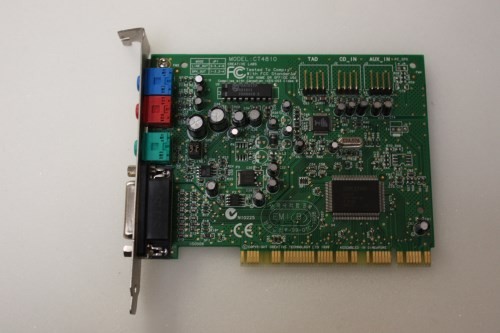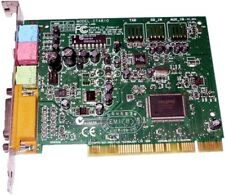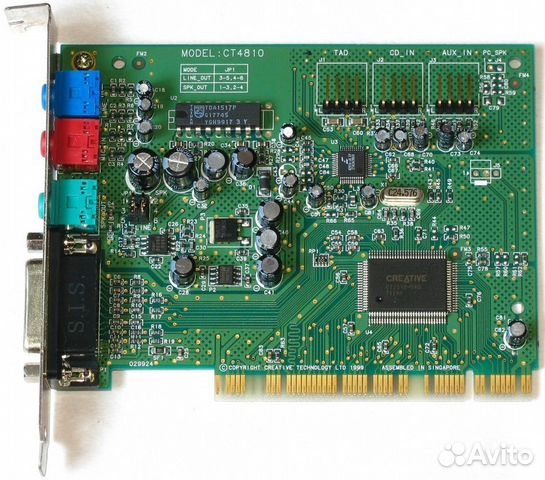

The standard I/O base address of 220h, with IRQ 5 or 7 was a Soundblaster standard which DOS games were accustomed to using. The golden age of sound cards happened when all the cards were still on the ISA (Industry Standard Architecture) bus, pre-dating PCI. Initially, quality was lacking, but over the first few generations, the cards improved and the Soundblaster 16 was a big hit.

Clones were assessed on how well they were “Soundblaster Compatible”.Īlthough they were not the first way of making noises from a computer ( PC Speakers, parallel port adapters, Ad-lib Sound Cards and Gravis Ultrasound cards), they were one of the most popular and affordable devices. In the early days of PC gaming and multimedia, their Soundblaster series of sound cards was the reference standards. Of all the companies, no other is more synonymous with sound cards than Creative Labs, or now known as Creative Technologies. Through dismantling and servicing of many computers over time, I’ve amassed a fair collection of expansion cards – this post focuses particularly on Sound Cards. This wasn’t always the case though – in the early days, all of these capabilities were “optional extras” which would be added through the use of expansion cards.

Nowadays, it’s commonplace to find onboard Ethernet, sound and even video capabilities on many motherboards. As computers have evolved over time, many peripherals have been integrated into the base system.


 0 kommentar(er)
0 kommentar(er)
